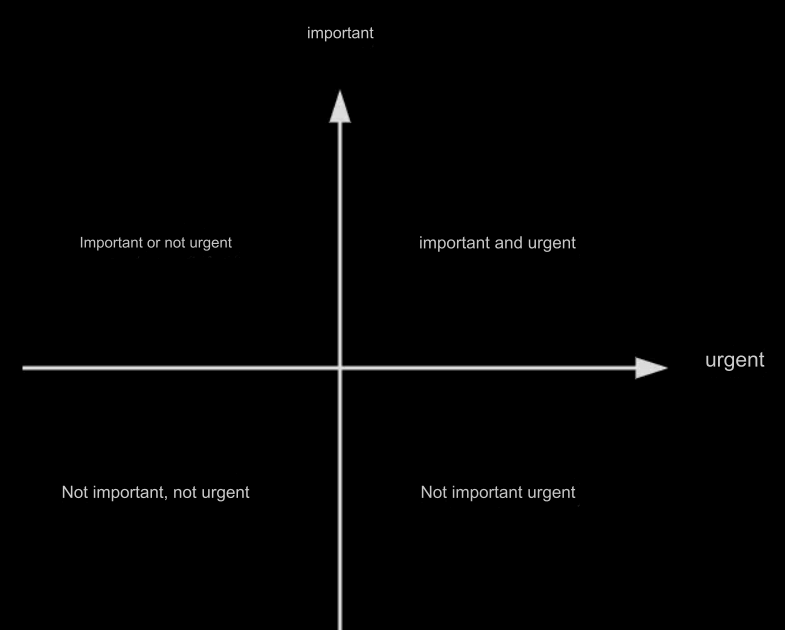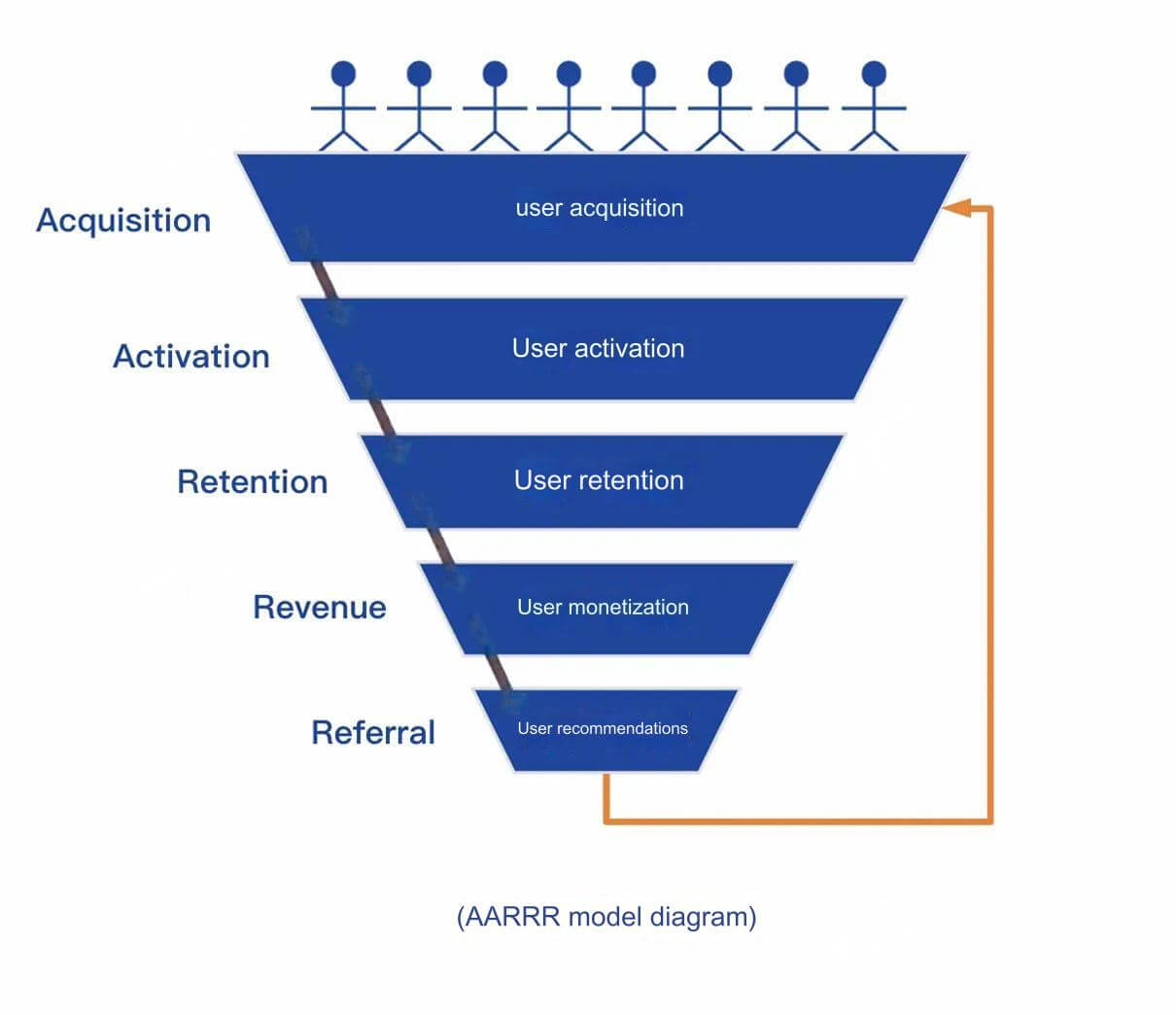In the workplace, everyone hopes to be promoted and receive a raise. But not everyone can achieve this goal; even transitioning from junior to mid-level or from mid-level to senior roles can be incredibly challenging. What causes this difficulty, and how can we break this curse?
For those outside the industry, the product manager role may seem like a singular position. In reality, product management is divided into many levels.
According to the standard classification in the industry, these levels can be categorized as: Product Assistant, Product Manager, Mid-Level Product Manager, Senior Product Manager, and Product Director. These levels correspond to different job expectations and skill requirements. You can easily verify this by checking any job posting. In short, the progression moves from execution to planning, from doing to managing, and from surface tasks to deep understanding.
Among these transitions, moving from mid-level to senior is the hardest because it requires a qualitative change and a shift in mindset. This belief is widely shared among my colleagues and confirmed by my personal experience. This stage is notoriously difficult to navigate.

So, what causes this issue, and how can we break through this growth barrier?
1. Factors Affecting Growth
Every effect has its causes, and these causes are the combined forces of various factors, such as market trends, company environment, and individual effort. Understanding these factors can help identify the root of the problem.
1.1 Qualitative Requirements
Product management, based on the five levels mentioned earlier, can be divided into two broad stages: "Skill" and "Principle."
In the "Skill" stage, the focus is on getting things done, whether it's writing documents or creating prototypes. The evaluation revolves around how well tasks are executed according to set goals. At this stage, growth is often rapid because tasks are still micro-level. The challenge is minimal compared to later stages.
But once you reach the "Principle" stage, the focus shifts from specific tasks to the overall product strategy, product architecture, and even core values. It's about managing what is unseen and intangible, such as your product's value to users and its ability to remain relevant in the market. It demands integration of various resources, and that's where the leap becomes challenging.
1.2 Company Growth
Sometimes, personal growth stagnates because the company's business remains static. The company's development directly affects individual progress. In a perfect world, a company and its employees grow together. But in reality, the disparity is often significant.
Let’s illustrate this with a few examples:
-
Employee A joins a startup, but the company's business keeps pivoting without finding stable ground. Three years later, the company's size remains small, and A’s daily tasks are largely unchanged.
-
Employee B joins a rapidly growing startup that expands from 20 to over 100 people. Due to B’s early involvement and familiarity with the business, he eventually takes on a leadership role, managing multiple responsibilities.
-
Employee C joins a large, well-established internet company. With clear career paths, C steadily climbs the ranks and achieves a middle-management position.
These scenarios highlight how different company environments can profoundly affect personal growth.
1.3 Leadership Style
A train's speed depends on the engine pulling it. Similarly, personal growth within a company is often determined by leadership. Especially for those just starting out, the first few years are crucial for setting up their career trajectory.
Good leadership can guide you through your career’s toughest phases, helping you develop professionally and avoid pitfalls. Conversely, poor leadership could stifle your growth or misdirect your efforts.
1.4 Personal Understanding
Finally, as the dialectical principle of internal and external causes suggests, external factors influence you only when they resonate internally. Personal growth requires self-reflection, the desire to improve, and the courage to confront and overcome internal resistance.
Many people drift through their careers, gradually losing their edge, individuality, and sense of purpose. It’s easy to become complacent or feel overwhelmed by setbacks, but true growth comes from within, from being able to challenge yourself continually.
2. How to Transform?
Though the road may be long and difficult, walking it will lead you to your destination. Preparation is the beginning of transformation.
2.1 Set Clear Goals
Often, confusion stems from not having clear goals. Imagine walking in the dark without a destination—there's only anxiety and uncertainty. However, even a faint light in the distance can offer direction.
In product management, there are generally two development paths: management and technical specialization. Choosing the right path based on your personal strengths and interests is essential.
2.2 Create a Realistic Plan
Once you've set your goal, the next step is to plan your journey. Don’t expect immediate success. Instead, focus on steady progress, taking one step at a time. Set milestones and gradually move toward your target.
If your company offers clear promotion pathways, take full advantage of these opportunities to learn from those already in your desired position. If not, seek external opportunities for growth.
2.3 Work Hard and Stay Persistent
Once your goals and plans are in place, the final step is to work hard and persevere. Don't let today’s struggles lead to tomorrow’s regrets. Push through complacency, and embrace the challenges ahead.
I've been in this position myself, not particularly passionate about product management at first, yet stuck in it due to life’s circumstances. But it’s never too late to begin the journey toward growth. Start now, and make your future self proud.







